Discoveries
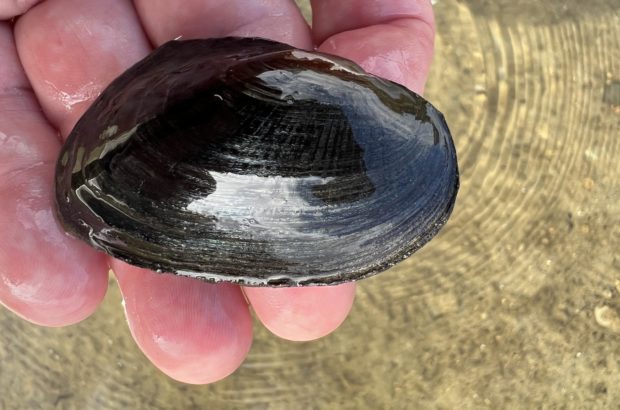
When Life Gives You Mussels, Take Photos
iNaturalist helps two alert observers identify a freshwater mussel from a West Tisbury pond. Almost nothing seems to be known about these shellfish on the Vineyard.
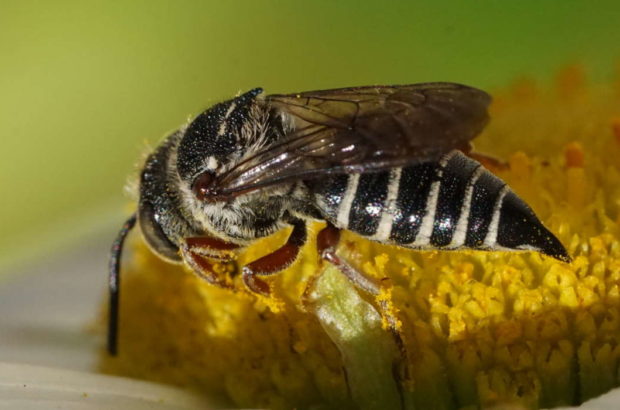
Cuckoo Bees
These fascinating bees are kleptoparasites of other bees, laying their eggs in the nests of their host species instead of provisioning there own nests. One cuckoo bee, Coelioxyx octodentatus, was recently added to the Vineyard’s Bee checklist.
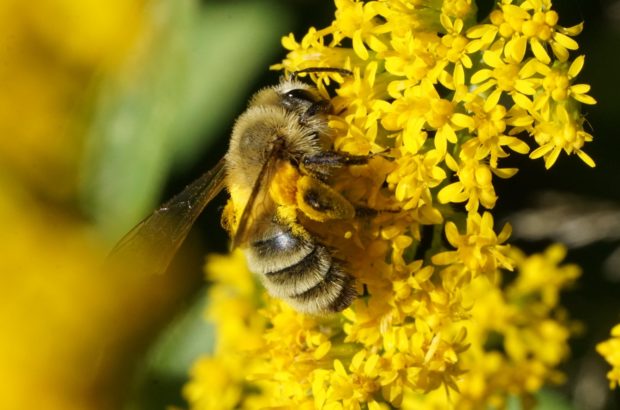
Hairy-banded Mining Bee – Andrena hirticincta
The Hairy-banded Miner Bee, Andrena hirticincta, is one of the most recognizable solitary bees known from Martha’s Vineyard, occurring in late summer and early fall wherever goldenrod, this bee’s favorite pollen source, is found.
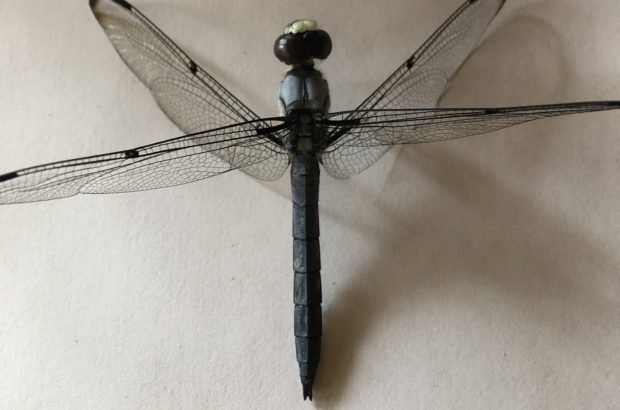
Great Blue Skimmer
A new iNaturalist user recently documented a great blue skimmer (Libellula vibrans) in Chilmark. There are only a handful of previous records for the Vineyard.
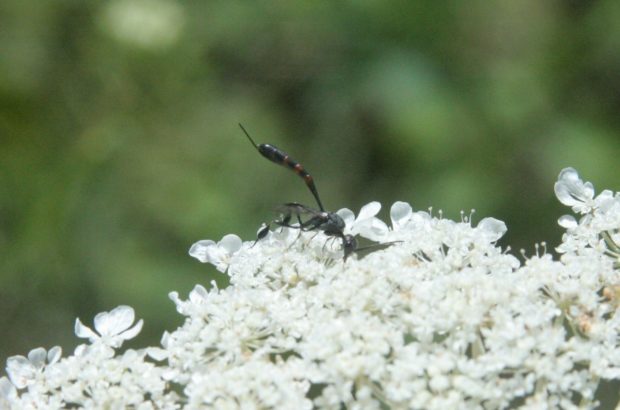
Carrot Wasp
A Chilmark record adds the unusual wasp genus Gasteruption to the MV Atlas of Life.
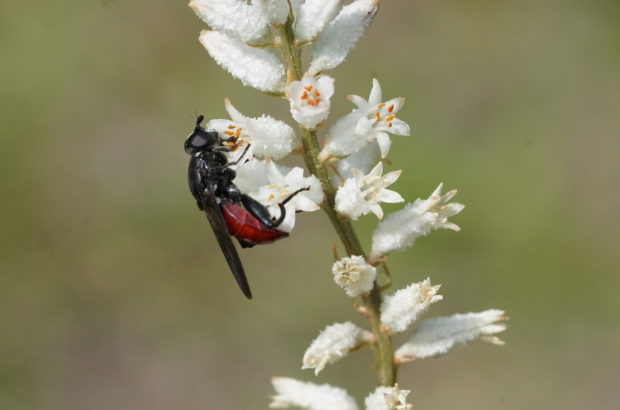
White Colic-root
This member of the lily family is a characteristic plant of the Vineyard sandplain and a popular place to stop for a wide range of pollinators.
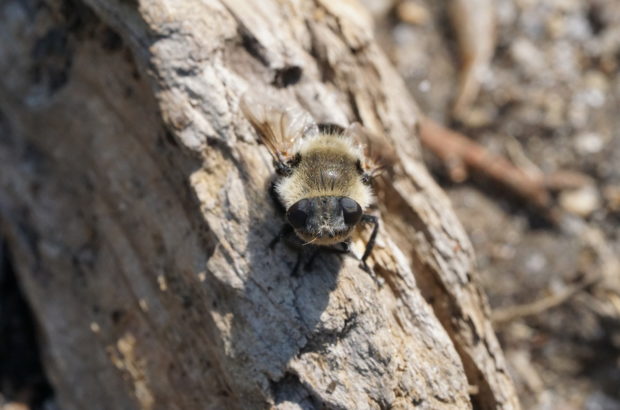
Deer Bot Fly
An odd-looking fly with an even odder life history.
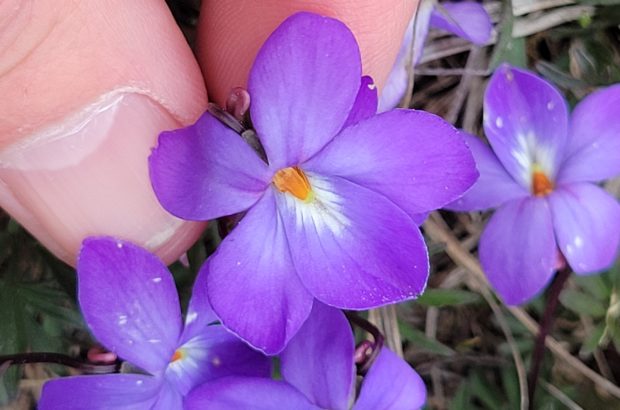
Viola pedata: a Sandplain Specialty
An early spring gem, this lovely wildflower is a Vineyard specialty.
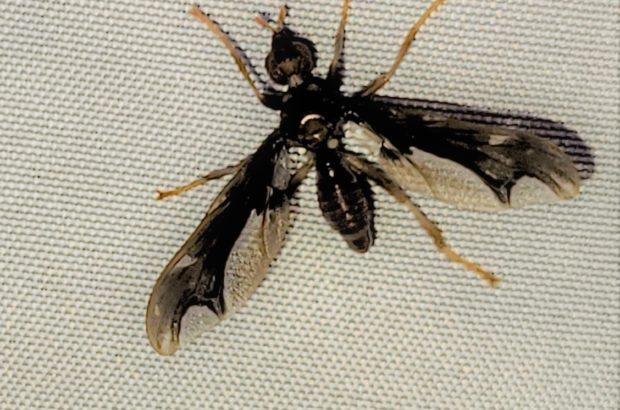
Sky Pirates!
Pyrgota undata, a boldly marked, largely nocturnal fly, is a parasite of May beetles, usually attacking its host in mid-air.
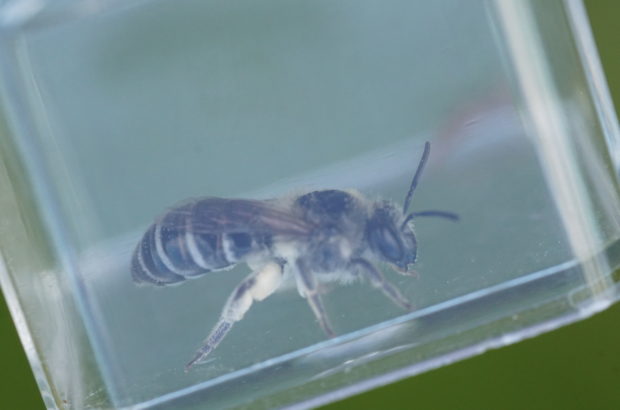
Colletes productus
A highly specialized bee, associated with the wetland shrub Lyonia ligustrina, is documented in iNaturalist.